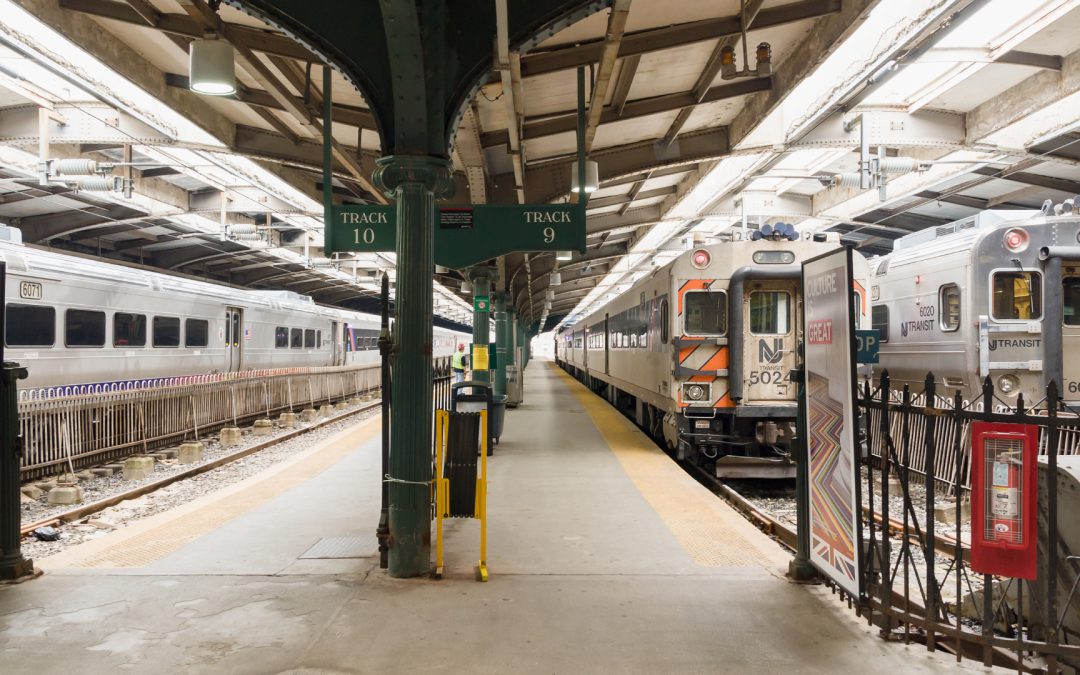Seeking to understand how investments in passenger facilities can improve food access and transportation services while addressing the needs of the unhoused population that rely on facilities for shelter.


Seeking to understand how investments in passenger facilities can improve food access and transportation services while addressing the needs of the unhoused population that rely on facilities for shelter.

This project seeks to better understand how new transit facility investment can be better integrated with food access and address the needs of sensitive communities.

To better understand the relationships between Transit Oriented Development (TOD) and the travel behaviors of those who live nearby, and TOD characteristics and its appeal to the customers of retail establishments located within.
Objective While fatal crashes are available through the Fatality Analysis Reporting System (FARS) and are readily available to the public, many states do not make their crash data easily accessible for the public and the research community. The public has an interest...
Through this research, NJ TRANSIT sought to understand how women and members of the lesbian, gay, bisexual, transgender, queer plus community, sometimes referred to as sexual and gender minorities (SGMs) travel on NJ TRANSIT so the agency can provide better...
Recent advances in biometric sensing technologies, such as eye tracking, heart rate trackers, and galvanic skin response (GSR) sensors, offer new opportunities to measure pedestrian stress level and their travel experiences in real-time. Uncertainty remains about...
Background Increasing evidence positively links greenspace and physical activity (PA). However, most studies use measures of greenspace, such as satellite-based vegetation indices around the residence, which fail to capture ground-level views and day-to-day dynamic...